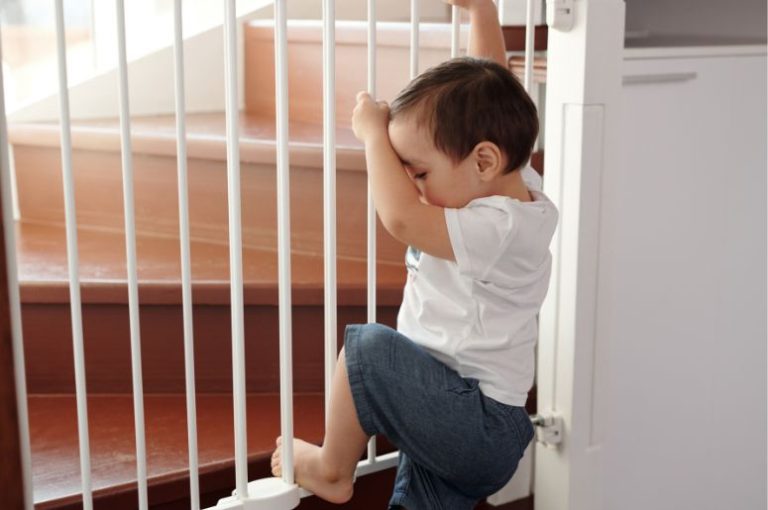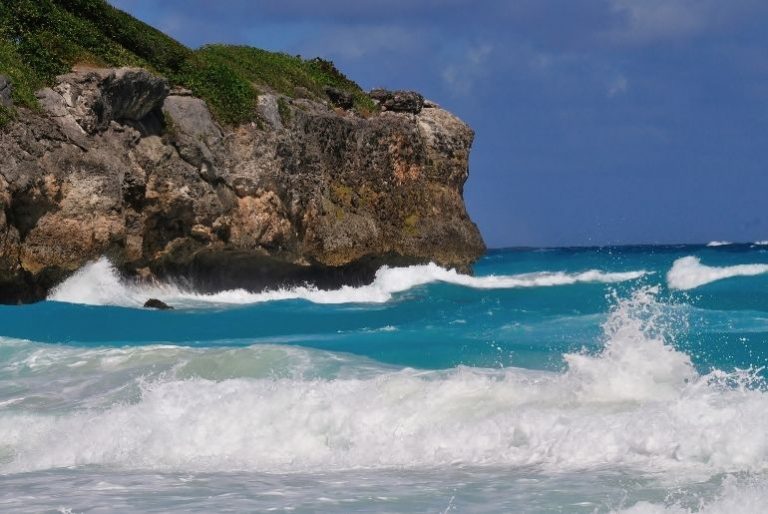The risk of a fire in the home increases in winter as you start to use fires and more appliances like dryers and heaters. It’s important to look at how you can reduce fire risk and improve safety in your home. Here are some tips on what to look for and do to increase fire safety in the home, be aware of likely risks, and be prepared with an escape plan in case there’s a fire.
Teach kids how to get help and escape house
If there’s a fire, your kids need to know what to do. When they’re old enough to understand, talk to them about what to do if there is a fire in the house or a smoke alarm goes off.
The first rule is to get out and stay out then to call for help. Have a family escape plan.
Show them two ways to how to get out of each room in case one way is blocked by fire. If they can use a phone, teach them how to call 111 and say ‘fire’. Also, teach them your address so they can communicate where the fire is. Have an outside meeting place, such as the letterbox.
If there’s a fire, follow these steps recommended by the New Zealand Fire Service:
- crawl low and fast to escape smoke
- ‘get down, get low, get out’
- shut doors behind you to slow the spread of fire
- meet at the planned meeting place
- once out, stay out – never go back inside
- call the Fire Service from a safe phone and tell them the house number, street, nearest intersection, suburb and city, and rural ID number if you have one.
Have working smoke alarms
Smoke alarms save lives. The New Zealand Fire Service recommends installing long-life photoelectric type smoke alarms in every bedroom, living area, and hallway in the house – on every level. But, at a minimum, you should install one standard long-life photoelectric type alarm in the hallway closest to the bedrooms. You can get these from your hardware or home-supply store.
Don’t install a smoke alarm in your kitchen or laundry as smoke and heat from cooking or drying clothes can activate the alarm.
Be safe in the kitchen
House fires often start in the kitchen, so it’s worth having a fire extinguisher and/or fire blanket in your kitchen and making sure you know how to use them. Also, avoid alcohol and frying.
As kids get a bit older, they start to use more appliances, for example, when they make toast, use the microwave, or learn to cook. Teach them how to use these appliances safely. Have some simple rules in place, like ‘if you make toast you need to stay near the toaster to make sure it pops up’ or ‘if you’re cooking, an adult must be with you’.
Also, talk to kids about fire safety in the kitchen. Tell them:
- if you leave the room, turn off the oven or appliance
- if a frypan’s on fire, don’t throw water onto it – instead, place a wet tea towel over the pan
- if there’s a fire on or in the oven, try to turn the power or gas off either at the oven or at the mains.
Check children’s nightwear and ensure safety around heaters and fires
Choose children’s nightwear that fits snugly as this is less likely to catch fire. Nightwear should have a fire-risk label on it, so if it’s second-hand, assume that it’s not heat or flame resistant. Read tips on how to buy safe children’s nightwear.
To avoid the risk of a fire, tell kids to always stay at least 1 metre away from a heater or fire and make sure you monitor this. Use a safety guard around heaters and fires with young kids and supervise kids around a fire.
Don’t leave a fire unattended. Don’t hang clothes on a heater to dry them out.
Get your chimney checked annually. Ashes can take several days to cool so empty them into a metal bin and pour water over them before throwing them out.
No matches or lighters, caution with candles and cigarettes
Just like poisons and chemicals, you should keep matches and lighters well out of reach and away from children’s sight and access.
Use candles cautiously and on a fire retardant surface. Keep candles out of reach from the kids and don’t let kids use them.
Don’t leave cigarettes unattended or leave the butts within the reach of kids.
Tell kids about electrocution risks in the bathroom
Don’t assume kids know that they shouldn’t use an electrical appliance near water – make sure you tell them about electrocution risks so they know not to use any appliance in the bathroom or near the bath or shower, or any water.
Cover unused plug outlets and use bulbs safely
Don’t overload plug outlets or multiboards with high wattage appliances like heaters. Explain to kids that plug outlets have live electricity in them and that they’re not a toy. Use a plug-safety outlet cover on any unused plugs to stop kids from poking things into plug sockets.
Also, check you’re using the correct bulb size and rating (in watts) for your lamps.
Do a fire check before bed
The New Zealand Fire Service recommends doing a fire check every night before bed. Check:
- kitchen appliances are turned off and safe
- heaters are turned off and furniture and clothes are a metre distance from the fire place
- the ashtray has been emptied into a metal bin outside
- the TV is switched off using the power switch on the set and not the remote control ‘standby’
- all candles are out
- the kitchen and living room doors are closed to slow a fire spreading to bedrooms
- the house is secure with keys in the deadlocks.
- passageways are clear for a quick escape.
Checks for fire safety in the home
Check stored appliances are safe
When you get your electric blanket or heaters out in winter, or your Christmas tree lights in summer, check that they work safely before using them. It’s a good idea to turn them on and stay in the room for a while to test them.
Don’t use electric blankets with babies or young kids, as there’s a risk of bed-wetting. Don’t leave electric blankets or Christmas tree lights on overnight.
Use BBQs and gas safely
Always supervise kids around the BBQ. Check the BBQ is clean and safe to use before you use it. Make sure you extinguish the BBQ when finished.
Find out where the gas isolation valves are in your home. Get your gas appliances serviced regularly, according to manufacturer instructions.
Get second-hand appliances tested
Get any second-hand appliances tested and certified by a licensed electrician or gas fitter as safe to use.
Clean the dryer and turn it off
Remove lint from the clothes dryer filter after each use to avoid a build-up that may ignite. Turn off the dryer and washing machine when you leave the house.
Useful links
- Check out the Fire Service Escape my house tool.
- Check out the Fire Service Home fire safety checklist.
- Read more about Home fire safety.
- Find out about home sprinklers.
For more great health and safety information, check out our Family safety section.






